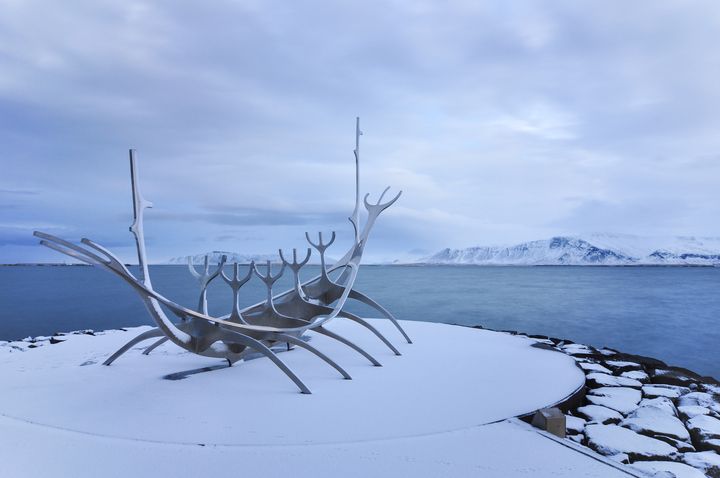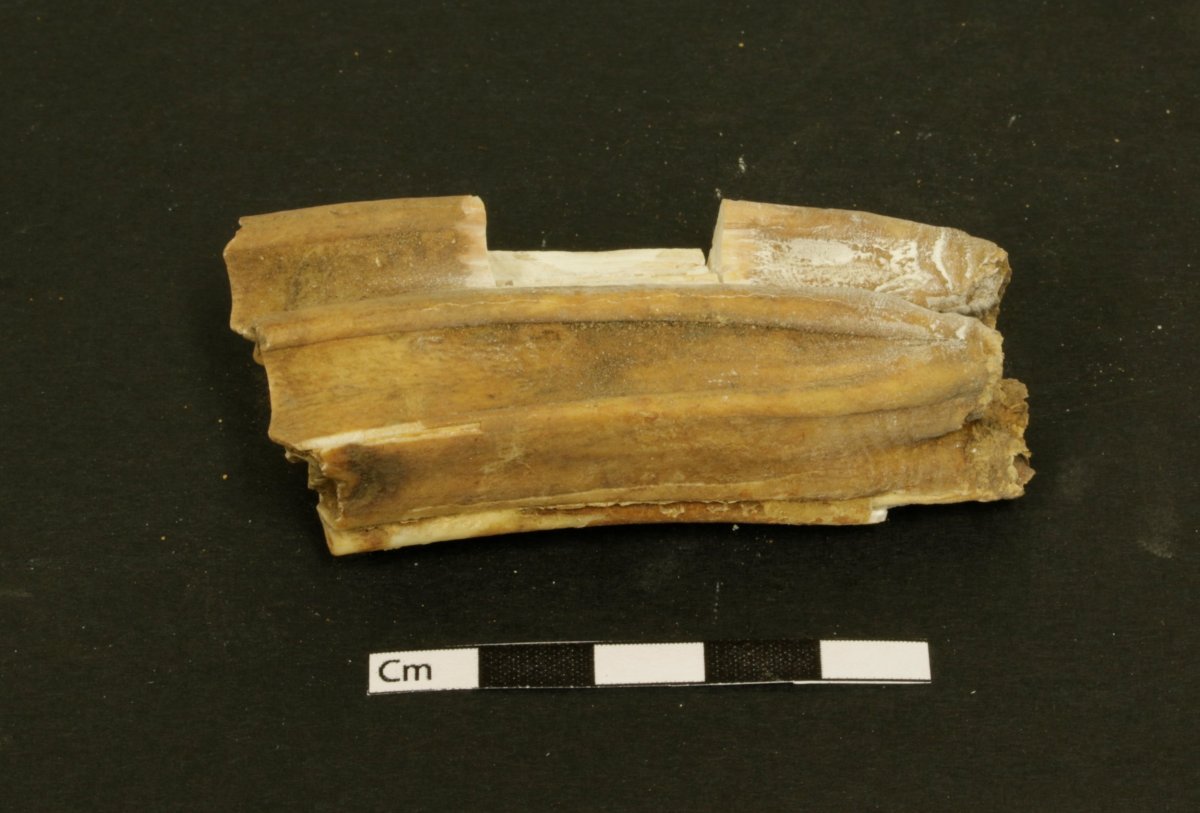
Powerful male Vikings living in Iceland about 1,000 years ago were buried with their powerful male horses, which were sacrificed either through beheading or a blow to the forehead, scientists have discovered. The team also found that female horses were eaten, indicating the different status afforded to the sexes in this early society.
Viking burials in Iceland have been studied for over 100 years. Burials date from the end of the ninth century to the start of the 11th century AD. What is remarkable is the relatively low number of remains found—just 355 burials have been found, when "there should be thousands," Ph.D student Albína Hulda Pálsdottir, from the University of Oslo, said in a statement.
Read more: Skull cups and engraved bones reveal grizzly cannibal rituals of Paleolithic Brits
Of these graves, 148 were found to contain the remains of horses. The horses, 175 in total, are known to have been specifically slaughtered for burial.
Previously, scientists had judged the sex of horses based on the shape of their pelvis and the presence of canine teeth. However, this is problematic because it relies on these two indicators being present in the grave.
In their new study, published in the Journal of Archaeological Science, researchers from the University of Oslo in Norway analyzed the skeletons using ancient DNA. This allowed them to build a far more accurate picture of which horses were being buried—and which were not.
"It is reasonable to believe that a Viking who received a horse in the grave must have had a certain amount of power and influence. We would therefore like to know more about these horses, for example, of which sex they were," Pálsdottir said.
Findings showed that almost all the horses slaughtered and buried were males. Furthermore, they would have been in their prime, so they were not being buried because of old age and illness. "It is natural to imagine that the slaughter of the virile and to some extent aggressive male animals must have been part of a burial ritual that was intended to convey status and power", study co-author Rúnar Leifsson, from The Cultural Heritage Agency of Iceland, said.
Icelandic Viking graves belong almost exclusively to middle-aged men. There are almost no women or children. It is thought that women, children and older men were buried in some different way—possibly cremated or sunk at sea.

The different status afforded to Viking men appears to have also applied to the equines. The ancient DNA showed just one female horse had been buried. However, the team also analyzed the remains of three horses found outside graves. These were not given any sort of funeral, and were believed to have been eaten. All three were female.
Concluding, the team says their findings fit with previous research from other parts of Scandinavia, where male horses were favored over females among Viking societies. They said the evidence indicates ritual horse killing was carried out in a "highly structured way" and that the method of killing—"bashing in heads and cutting of throats"—was probably important.
"The theatrics of the act and the violent and visceral drama may have helped the animal killing rituals to become quickly popular in Iceland," they wrote. "The rituals were actively used in the developing society of the 10th century to affirm Norse, non-Christian identity and to construct status. The archaeological remains of the buried animals can thus be regarded as materialized expressions of cultural politics in a new society under formation."
Vikings reached Iceland in the 870s. The first settlers are thought to have been noblemen who had left Norway to escape the rule of King Harald Fairhair. By the tenth century, the population of Vikings in Iceland is believed to have reached around 9,000.
Mathias Nordvig, visiting assistant professor in Nordic Studies at the University of Colorado, Boulder, told Newsweek that the findings do not surprise him as the pattern of male horses fits with burials found in the rest of Scandinavia. "In Old Norse mythology, horses also play an important role," he said. "The most notable one is Odin's horse Sleipnir, who has eight legs. The eight-legged horse is also depicted on picture stones from the Swedish island Gotland. In these depictions, the eight-legged horse is typically carrying a warrior to Valhal.
"There are also strong connections between horses and the male fertility god Freyr. He is noted by the 11th century observer Adam of Bremen to have been represented with a large phallus in the temple of Uppsala in Sweden. The phallus is, of course, a symbol of virility.
"In the Icelandic sagas, we find horses dedicated to Freyr. A man named Hrafnkell had a stallion named Freyfaxi (Freyr's mane), which he regarded as sacred. Although the saga seems to be largely fiction, what it tells us about Hrafnkell's cult of Freyr resonates well with what we otherwise know from the mythology and archaeological finds. In the saga, Freyfaxi suffers a violent death, and this is also noted to be the case for many of the sacrificed horses in the Icelandic burials. With such a close link between the god Freyr and stallions, it can be assumed that stallions probably represented male fertility and virility in the Viking Age worldview.
"The connection to aristocratic warriors then seems to accentuate these desirable features in young men. There are many other examples of male horses associated with the gods in Old Norse mythology, and they all seem to suggest the same notion, namely that horses are high-status, connected with warriors, and the preferred means of transportation for warriors going to the death-realm."
Uncommon Knowledge
Newsweek is committed to challenging conventional wisdom and finding connections in the search for common ground.
Newsweek is committed to challenging conventional wisdom and finding connections in the search for common ground.
About the writer
Hannah Osborne is Nesweek's Science Editor, based in London, UK. Hannah joined Newsweek in 2017 from IBTimes UK. She is ... Read more
To read how Newsweek uses AI as a newsroom tool, Click here.








